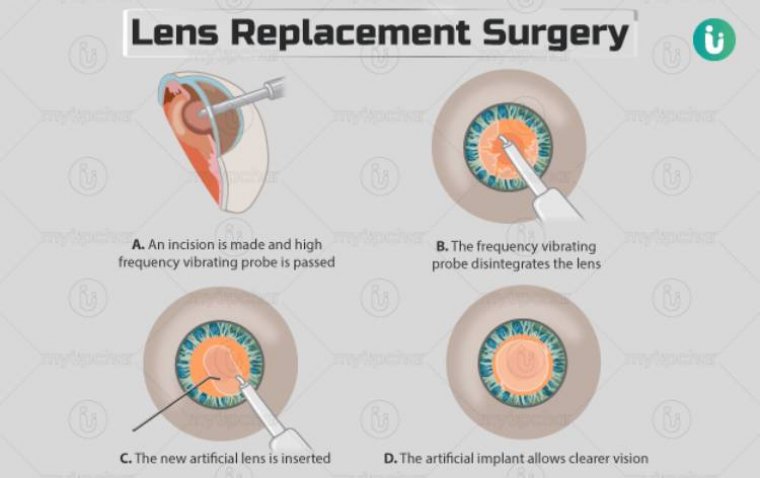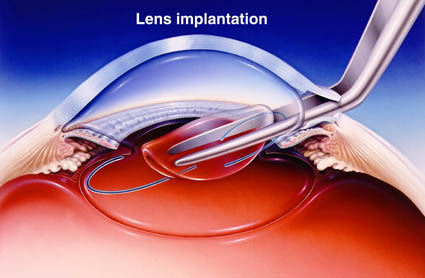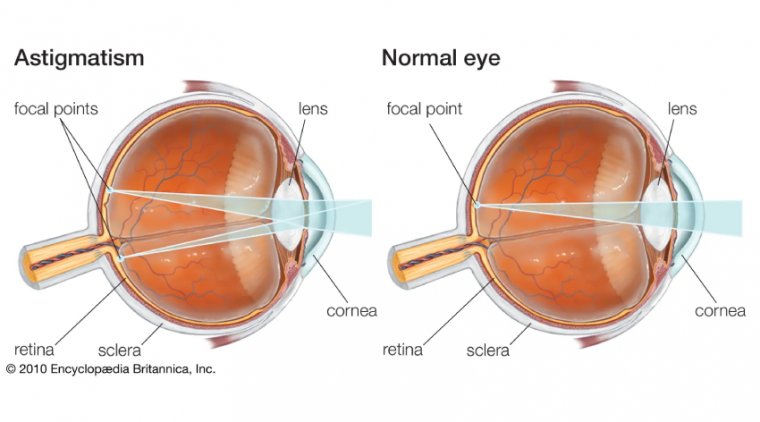
Lens Replacement Surgery: What to Expect from Start to Finish
Lens replacement surgery, also known as Refractive Lens Exchange (RLE) or Clear Lens Extraction (CLE), is a procedure designed to improve vision by replacing the eye's natural lens with an artificial one. This surgery is particularly beneficial for those who are not suitable candidates for laser eye surgery, such as LASIK or PRK, due to high degrees of hyperopia (farsightedness) or presbyopia. It offers an effective solution for various vision problems, providing a permanent alternative to glasses or contact lenses.
What is Lens Replacement Surgery?
Lens replacement surgery involves removing the eye's natural lens and replacing it with an artificial intraocular lens (IOL). This procedure is similar to cataract surgery but is performed for different reasons. While cataract surgery replaces a cloudy lens to restore clear vision, lens replacement surgery typically replaces a clear but faulty lens to enhance vision at all distances. It addresses refractive errors and can correct conditions like presbyopia and high hyperopia, significantly improving the patient's quality of life.

Types of Intraocular Lenses (IOLs)
1. Monofocal Lenses: These lenses correct vision at one distance, usually for distance vision. Reading glasses are generally needed for close-up tasks. Monofocal lens implantation is a straightforward option for those who need clear vision primarily at one range.
2. Multifocal Lenses: These lenses provide clear vision at multiple distances, reducing the need for glasses or contact lenses. Multifocal IOL surgery is ideal for patients who want to maintain clear vision at various distances without relying on corrective eyewear.
3. Toric Lenses: Specifically designed to correct astigmatism, these lenses provide sharp vision for those with this condition. Toric lens surgery is essential for patients with significant astigmatism who seek improved vision clarity.
4. Accommodating Lenses: These lenses adjust to different focal points, mimicking the eye's natural accommodation ability. They offer a dynamic range of vision by changing their shape or position inside the eye.
5. Custom Lens Implantation: Personalized lens options tailored to the specific needs and lifestyle of the patient. This approach ensures that the selected IOL matches the patient's visual requirements and expectations.
.jpg)
Who is a Candidate for Lens Replacement Surgery?
Candidates for lens replacement surgery include individuals with presbyopia, high hyperopia, or those unsuitable for LASIK or other laser eye surgeries. Factors determining eligibility include:
● Age: Generally, patients over 40 are ideal candidates, particularly if they have presbyopia.
● Overall Eye Health: Good eye health is crucial. Conditions like retinal problems or untreated glaucoma may affect candidacy.
● Vision Needs: Patients looking to reduce dependence on glasses or contact lenses and those with significant refractive errors are suitable candidates.
The Procedure
1. Pre-operative Preparations: Patients undergo a thorough eye examination to measure the eye and determine the appropriate IOL type. Preparations may include avoiding certain medications, arranging transportation, and adhering to specific pre-surgery instructions provided by the ophthalmologist.
2. Surgical Process: The procedure, performed under local anesthesia, involves making a small incision in the eye, removing the natural lens using phacoemulsification (a technique that uses ultrasound to break up the lens), and inserting the IOL. The surgery typically lasts about 15-30 minutes per eye and is usually performed on an outpatient basis.
3. Recovery: Patients may experience mild discomfort and blurry vision immediately after surgery, but these symptoms usually subside within a few days. Vision typically improves significantly within a week, with full recovery occurring within eight weeks.
.jpg)
Post-Operative Care and Recovery
Immediate Care: Use of prescribed steroid and antibiotic drops to prevent infection and inflammation. Patients may need to wear an eye patch or protective shield temporarily.
Follow-Up: Regular check-ups to monitor healing and ensure optimal results. Follow-up visits typically occur the day after surgery, and then at intervals determined by the surgeon.
How Long Does the Recovery Period Take?
Full recovery can take up to eight weeks, although most patients return to normal activities much sooner. Patients should avoid strenuous activities and follow all post-operative instructions to promote healing.
Risks and Complications of Lens Replacement Surgery
Common Side Effects: Mild discomfort, glares, and halos are typical but usually temporary. These side effects generally resolve as the eye heals.
Rare Complications: Include infection, retinal detachment, prolonged inflammation, and posterior capsule opacification (secondary cataract). Although these complications are rare, understanding potential risks helps patients make informed decisions about their eye health.
Risks of Lens Replacement Surgery: Discussing potential risks with the surgeon ensures patients are fully aware and can take preventive measures.
How Much Does Lens Replacement Surgery Cost?
The cost of lens replacement surgery can vary widely depending on various factors, including the type of intraocular lens (IOL) used, the specific technology and equipment utilized during the procedure, the experience and reputation of the surgeon, the geographical location of the surgical facility, and whether any additional procedures or services are included in the overall package.
In the United States, the average cost of lens replacement surgery per eye can range from $3,000 to $5,000 or more. This cost typically covers the surgical fees, pre-operative evaluations, the cost of the IOL, post-operative care, and follow-up appointments. However, additional expenses such as anesthesia fees, facility fees, and any necessary medications may not always be included in the initial price quote.
Success Rate of the Surgery
The procedure boasts a high success rate, with most patients experiencing significant improvements in vision. Success rates are often over 95%, with many patients achieving 20/20 vision or better. Patients often enjoy improved vision for many years, reducing or eliminating the need for corrective eyewear. Regular follow-up visits help ensure the long-term success of the surgery.
Conclusion
In conclusion, lens replacement surgery, encompassing Refractive Lens Exchange (RLE) and Clear Lens Extraction (CLE), offers a transformative solution for individuals with significant refractive errors or those unsuitable for laser eye surgeries like LASIK and PRK. By replacing the eye's natural lens with an artificial intraocular lens (IOL), this procedure significantly enhances vision, addressing conditions such as presbyopia and high hyperopia.
With a variety of IOL options, including monofocal, multifocal, toric, and accommodating lenses, patients can choose the lens that best suits their vision needs and lifestyle. Custom lens implantation ensures a personalized approach, further enhancing the effectiveness of the surgery. Consulting with a qualified ophthalmologist is crucial to determine the best approach tailored to individual needs.
(1).jpg)










